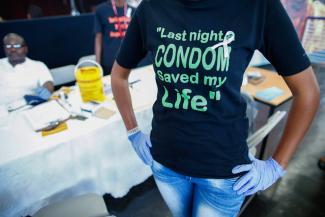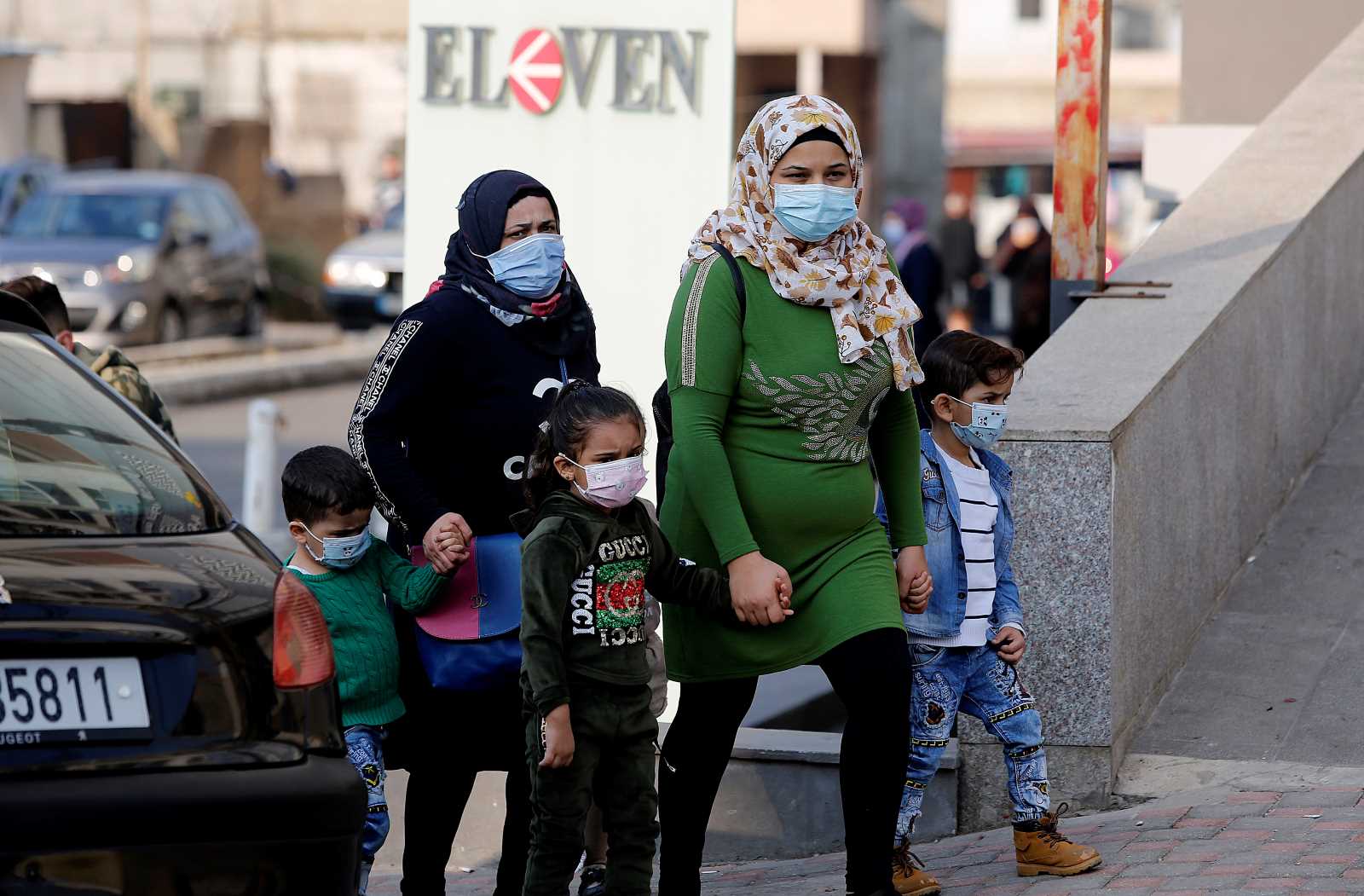HIV/AIDS
Halfway there

The UN AIDS Programme (UNAIDS) has recently published new statistics. Since 2000, global new HIV infections are said to have fallen by 35 % and by 58 % among children. This is “exceptional progress”, as UNAIDS puts it. Moreover, fewer people die of AIDS-related illnesses. In 2005, the worst year, 2.4 million people died from AIDS. In 2013, the number was 1.5 million. UNAIDS reckons that, since 2000, the global anti-AIDS response has prevented 30 million new HIV infections and nearly 8 million AIDS-related deaths.
Still, almost 37 million people were living with HIV in 2014. According to UNAIDS, this number is due to the fact that many infected people live longer thanks to access to antiretroviral therapies which suppress the virus. In June 2015, some 16 million people were getting treatment. UNAIDS states that ensuring access to treatment to so many people was considered impossible 15 years ago. In 2000, only one percent of infected people in low- and middle-income countries had access to therapy. In 15 years, the share has increased to 40 %.
UNAIDS points out that AIDS remains unfinished business nonetheless. The numbers of new HIV infections and AIDS-related deaths are still too high. In 2014, around 2 million people were newly infected, and 1.2 million people died because of AIDS.
Moreover, the way the epidemic is evolving reveals deepening international inequality. Almost two thirds of HIV infections still occur in sub-Saharan Africa, where 1.4 million cases were recorded in 2014. South and East Asia and the Pacific follow with 340,000 new infections, and Central Asia and Eastern Europe with 140,000. In western and central Europe and North America the number of new infections has remained fairly stable since 2000.
In most world regions HIV-prevalence and AIDS-related deaths are steadily declining, but the MENA region (Middle East and North Africa) is an exception. The UNAIDS statistics indicate that the number of new infections rose by 26 % in this region within the last 15 years. It is alarming, moreover, that the number of AIDS deaths has more than trebled since 2000 in MENA countries as well as in Central Asia and Eastern Europe.
Of the 37 million people living with HIV globally, about 17 million do not know that they have the virus, according to UNAIDS. They need to be reached urgently. At the same time, 21 million people do not have access to the medical treatment they need. To improve matters, UNAIDS is taking a fast-track approach to rapidly scale up efforts and “outpace” the epidemic.
Ambitious five-year plan
UNAIDS has thus set itself ambitious targets for the next five years:
- By the end of 2020, the agency wants 90 % of all people living with HIV to know their status and have access to treatment.
- In the same time span, new HIV-infections should be reduced by 75 % and entirely prevented among children.
- In five years, 90 % of young people should know how to protect themselves from HIV, and the same ratio of adults should get access to HIV prevention and reproductive health services.
The fast-track approach includes action against all kinds of discrimination, UNAIDS states. Of the key population groups most at risk, such as sex workers, prisoners and people who inject drugs, 90 % should get access to HIV prevention services by the end of 2020, if things go as planned.
UNAIDS argues that $ 30 billion are needed for the AIDS-response in low- and middle-income countries. On the upside, the funding requirements are set to decline after 2020. The agency warns, however, that the epidemic could rebound to the levels of 10 years ago should the international community not act fast and decisively in the next five years.
UNAIDS admits that its plans are ambitious, but adds that it sees the “opportunity to change the course of history forever.” The agency insists moreover, that its strategy is in line with the UN 2030 Agenda of Sustainable Development Goals. One of the agenda’s targets is to end the AIDS epidemic by 2030.
Theresa Krinninger
Link:
UNAIDS, 2015: AIDS by the numbers.
http://www.unaids.org/sites/default/files/media_asset/AIDS_by_the_numbers_2015_en.pdf












